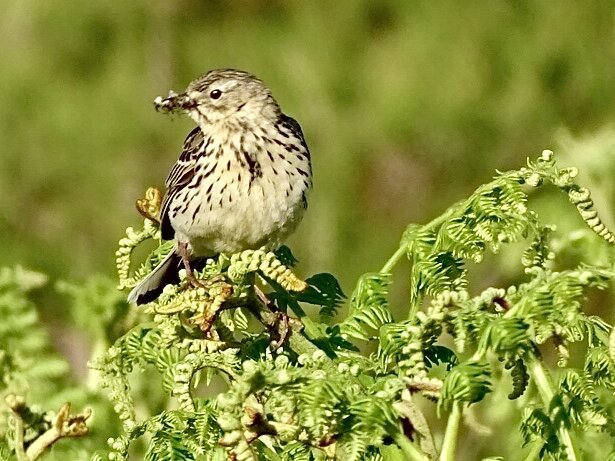So, why does the magpie have such bad press? Why have its numbers risen so much over recent years? And what makes this bird so fascinating?
Let’s start with our view of the magpie. Squawking loudly and cackling like a cheeky imposter in your garden, it’s hard not to notice a magpie when it’s around. I mean, it has a reputation as a thief and a murderer. And if that’s not enough, it has all sorts of mythology around it, much of which is associated with bad luck.
Most people I know don’t like them and many remark on how their numbers have risen. “We never used to see one when we were young, but now... Now they're everywhere!”
And of course, there’s the old rhyme - One for sorrow. Two for joy. Three for a girl. Four for a boy. Five for silver. Six for gold. Seven for a secret, never to be told. Eight for a wish. Nine for a kiss. Ten for a bird you must not miss.
Wait a minute. Most of that is pretty upbeat, apart from number one. So, what’s the problem?
What about the thieving bit? Well, recent research in 2014, showed that magpies actually avoid sparkly things. This research implied they were scared of shiny objects. Mmm...? I’m not convinced on that because I know for a fact that various earrings and bits and bobs have been snatched by my black and white brigade.
In springtime, they will attack and kill songbird chicks in the garden and that can be distressing to witness. Birds of prey do this all the time, kill things, that is, but just not within our ken. Out of sight and out of mind. Not right outside the back step. Songbird numbers have declined while the magpies have gained their old foothold.
You see, magpies were really common in Victorian times. They were popular with farmers as they ate rodents and harmful insects. Then, after the First World War, gamekeepers began blasting them and trapping them in their thousands. Then, slowly...as attitudes changed to shooting everything that moved, their numbers crept up again. Quadrupling between 1970 and now. Their numbers grew even quicker in urban and suburban areas where there was less chance of persecution and they weren’t frightened of nesting next to people.
Other reasons for their growth have been put down to the greater numbers of cars on the road and by extrapolation, greater amounts of ‘road kill’ another of their favorite snacks. However, the magpie is also an great opportunist. Their beaks may be adapted for tearing flesh, but they will feed on anything from bread on bird tables to worms, berries and bugs. As part of the crow family, they are also very intelligent and quick learners.
They are possibly one of the most intelligent animals on the planet, never mind Scotland. Their brain-to-body-mass ratio is outmatched only by that of humans and equals that of dolphins and apes. Magpies have shown the ability to make and use tools, imitate human speech and work in teams. When a magpie dies, a group will often form around the corpse for a “funeral” of sorts where they’ll make a series of squawks and cries.
They can also pass a thing called the “mirror test,” which proves an animal’s ability to recognize itself in a reflection. Worth Googling if you want the exact details on that.
The magpie may look black and white from a distance but up close, their wing and tail feathers are full of iridescent blues and greens. Quite beautiful in their own way.
They may also seem more numerous because they don’t migrate. They stick around, rarely traveling more than 10k from where they were born. They have few natural enemies apart from us. Goshhawks prey on them in certain areas and the spotted cuckoo with target their nests in Spain...but that’s about it.
Their nests are tatty looking affair but are actually well constructed often built with roofs and a front and back door.
The population seems to have reached a kind of equilibrium around here, one of the most northerly and westerly strongholds in Scotland. So maybe it’s time to give the ‘bad boy in the playground’ a break. Appreciate them for what they are, warts and all.























